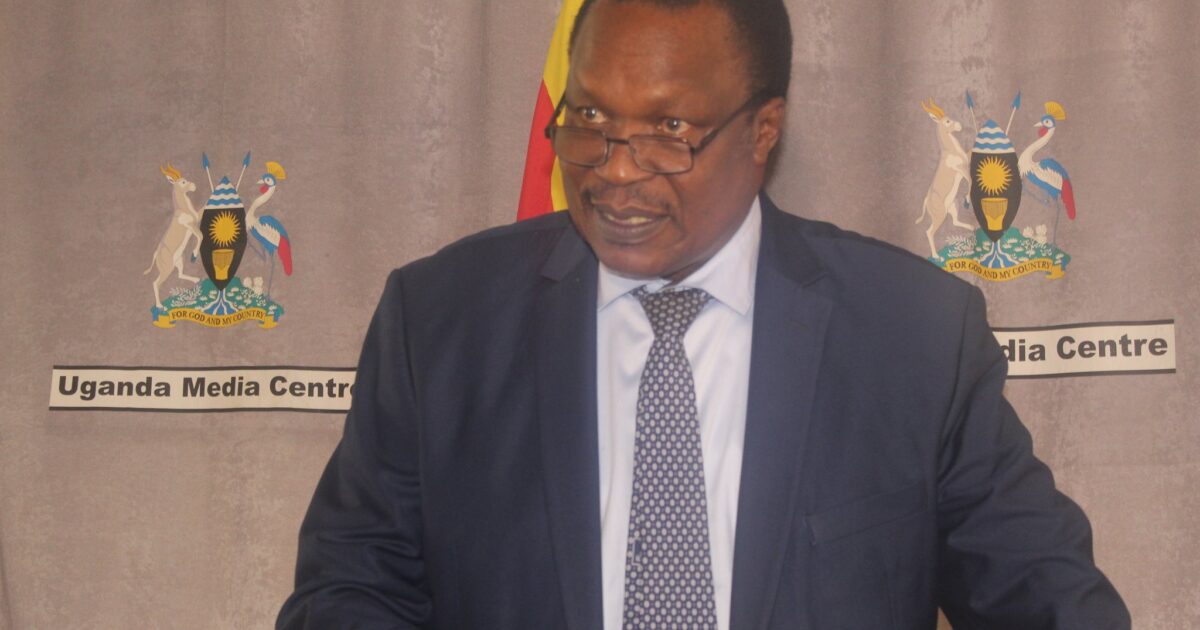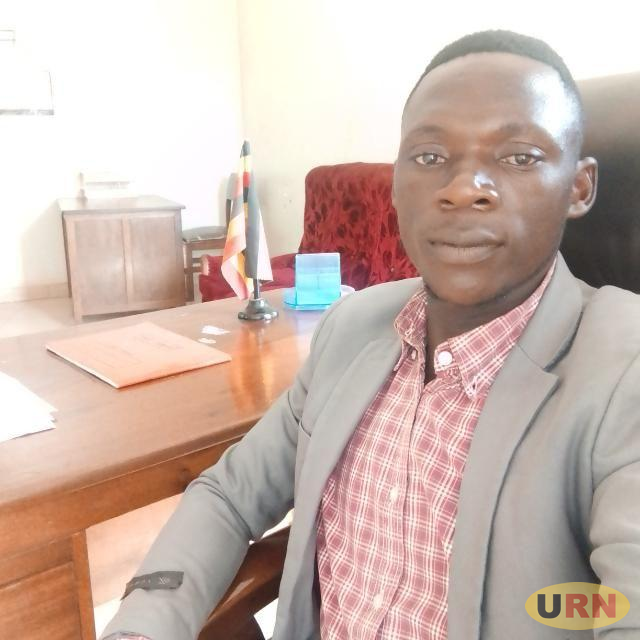Sam Cheptoris, the Minister for Water and Environment
By Francis Otucu
The Minister in Charge Water and Environment, Sam Cheptoris, has said 48, 338 villages in Uganda have access to safe and clean water, representing 70.3% coverage.
This, he said, is out of a total of 68, 740 villages across the country.
According to Cheptoris, 20, 402 villages remain unserved.
Out of this total, 9,217 villages are in rural areas, 4,928 are in small towns while 6,248 belong to large towns under National Water and Sewerage Corporation (NWSC).
So far, Cheptoris said, 35 districts have their water coverage above 80%.
“My ministry has managed to construct 132,341 domestic water points countrywide of which 41,112 (deep boreholes), 21,590 (shallow wells), 29,097 (protected spring), 20,306 (PSP/taps) and 20,236 (rain water harvesting tanks) serving 27, 797,316 people. An additional delivery of water to 23,910 wards within towns and municipal councils were served by NWSC under the SCAP-100 and MWE projects,” Cheptoris said while presenting his ministry’s 2016-2021 manifesto performance at the OPM auditorium on Monday.
The same manifesto pledged an annual target of drilling 5,000 boreholes in 5 years at a rate of 1,000 boreholes per year and fitted with hand pumps based on their yield.
To date, Cheptoris says, the Ministry managed to drill 846 boreholes per year translating into 84.6% performance.
“These boreholes have helped serve an extra 253,800 people across the country,” he noted.
The ministry’s objective is to increase access to safe and clean water supply in rural and urban areas while ensuring availability of at least one source per village and promoting improved sanitation.
“Our target was to increase access to clean and safe water from the 65% to 79% in rural areas and from 77% to 100% in urban areas by 2021 with the aim of providing a water source in every village,” the Minister said, adding: “I wish to report that to date the rural water coverage is estimated at 68%, while the urban water coverage stands at 70.5%,” he said.
The target to construct 19 water supply systems in selected towns was completed and surpassed, he said, adding that so far 36 schemes have been constructed and are benefiting 547,670 people in 40 towns.
The ministry had pledged to construct 10 new town piped water systems.
According to Cheptoris, water systems in Kasagama, Kinuuka, Namagera, Nyahuka, Iziru, Busede-Bugobya and Kaperabyong, Kayunga including Kamuli FSM were completed.
Nakasongola is under construction, while 4 new towns of Mpara, Nakapiripirit and Kyamuhunga are under design phase.
The pledge to design and construct 33 piped water supply systems is at various levels of implementation, he said.
For example, construction of 15 water supply schemes was completed in Bulegeni, Kacheri-Lokona, Orwamuge, Bugobya, Bulambuli, Namayingo, Ofua, Kawoko-Butenga, Kasambya-Kikandwa, Bamunanika, Busiika, Karago, |Kashaka-Bubare, and Olilim. Those on going include 5 towns of Kagadi (89%), Nazigo (100%), Kasanda (18%), 13 towns have been designed to completion and construction commenced in the Towns of Lwamata, Butemba-Nalukonge, Kakunyu-Kiyindi, Padibe, Moyo, Binyiny, Lwemiyaga, Bigando, Nyakatonzi, Alerek and Molerum, 6 towns are still under design, and 3 Towns not yet designed Mukura, Baale and Wobulenzi.
Chpetoris says the Ministry of Water and Environment performance in terms of the implementation of NRM Manifesto commitments and the Presidential Strategic Guidelines is rated at 75%.
“The NRM Manifesto is a contract between the people of Uganda and their elected Government. Therefore it is our responsibility as a sector to fulfill these commitments,” he said.
Challenges
The minister said the sector has been constrained by a number of challenges.
“The safe water coverage has not increased as expected due to the fast growing population amidst the limited resources to invest in high cost technologies that can make a difference in population served with safe water sources per village,” he noted, saying it has affected timely implementation of the manifesto commitments.
Secondly, Cheptoris says the District Water and Sanitation Conditional Grant has remained stagnant at Shs52bn for the last 15 years despite the increase in number of Local Governments. To date, on average, a district receives Shs370m for construction of water points and office running.
“This on average can construct 4-5 boreholes. Making it hard to achieve the set rural water coverage target plus a source per village as stipulated in the NRM Manifesto commitments,” Cheptoris explained.
He says there are land disputes in some of the areas where the WfP infrastructures were to be implemented such as at Acanpii dam in Oyam district.
“To some extent the communities resist construction of water supply schemes and WfP facilities while others demand exorbitant sums of money for land compensation and this consequently delays actual construction of the water infrastructure as planned,” he said.
Cheptoris says the unanticipated delays in the completion of feasibility studies and designs under the ministry and NWSC equally affected planned commencement of projects.
He appealed for collective collaboration by all stakeholders to avoid long terms effects and economic losses but assured the Manifesto Implementation Unit that the sector will continue to address the challenge of environmental degradation by strengthening enforcement of applicable laws, protecting and managing the quantity and quality of water resources, forest and critical wetland in order to reverse the current negative impacts to the infrastructure and peoples livelihoods.





